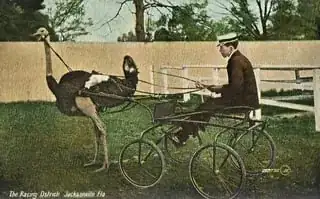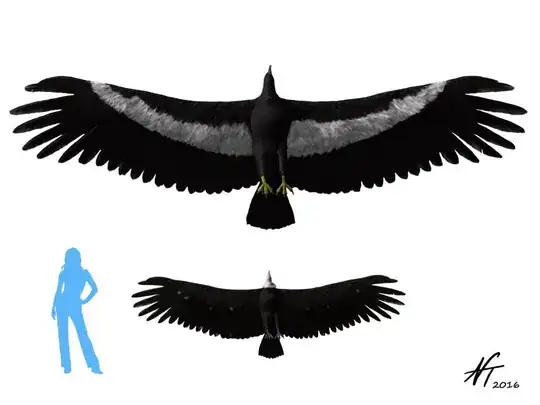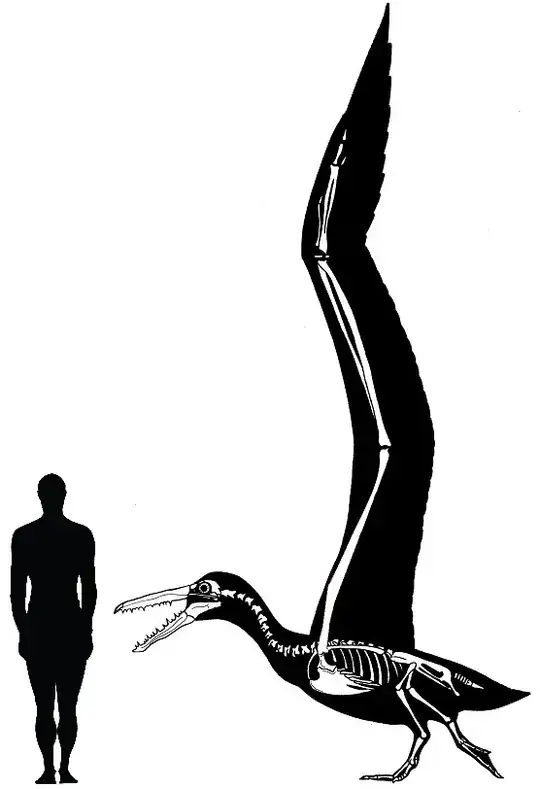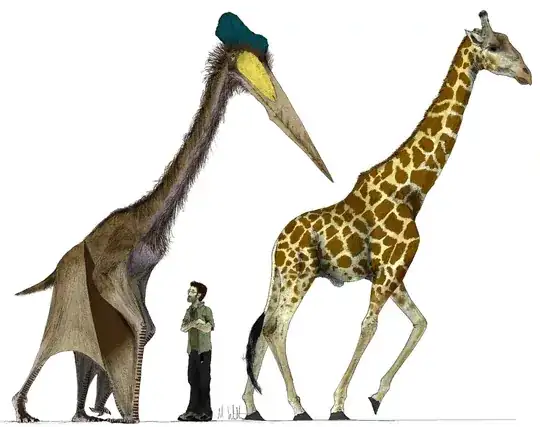Sometimes I reminisce about the giant eagles from The Lord of the Rings and two things come to mind:
Boy, I wish I could have my own giant eagle!
Could a bird even carry something that heavy on its back?
How big would a bird have to be in order to carry an average human being on its back? Are we talking roc-size or something smaller? Would it be able to wear some sort of harness so its passenger(s) weren't merely clinging on for dear life? And won't someone make these hypothetical giant birds real so I can commute to work in style?
EDIT I left this question to bake overnight and I have not been disappointed! Anyway, someone asked me to specify whether the person could be carried on the ground or flying, and I intended for both person and bird to be in the air at regular bird altitudes.




